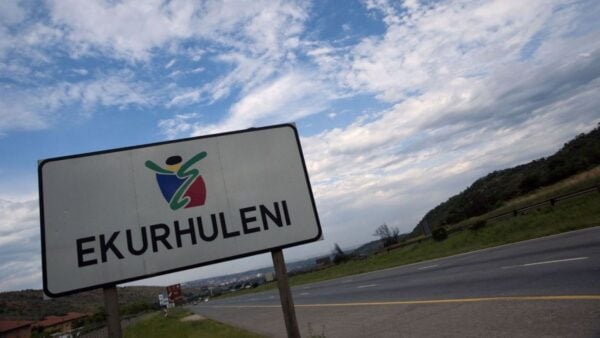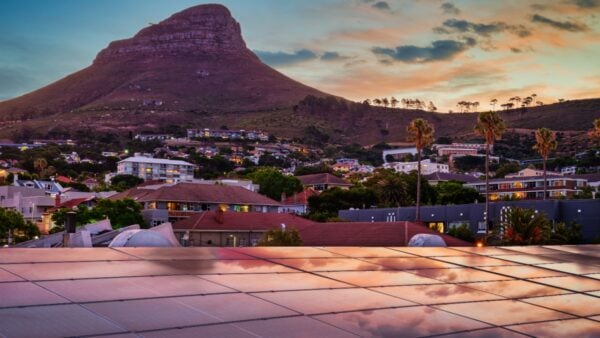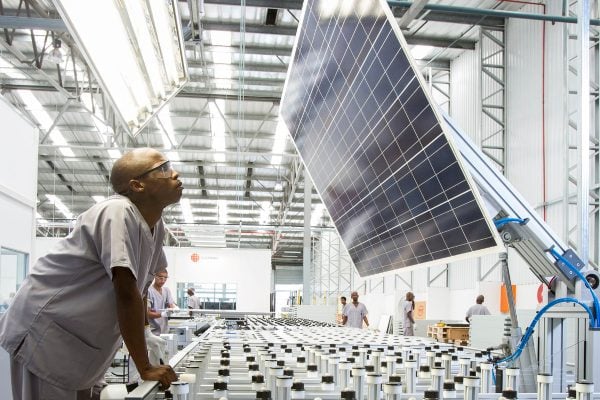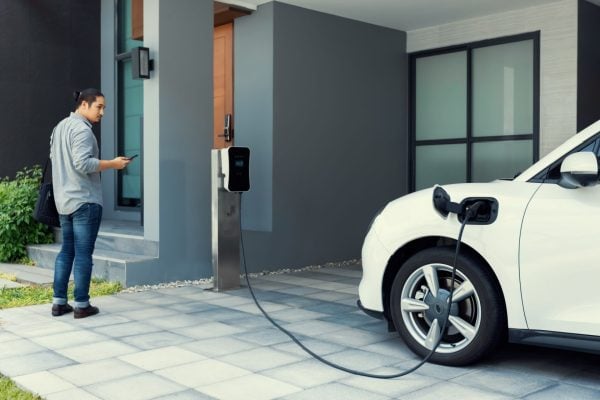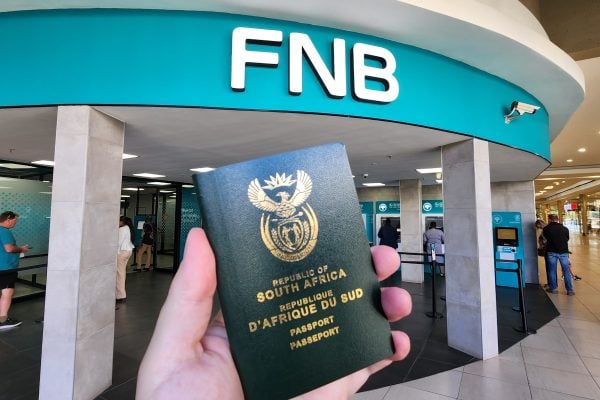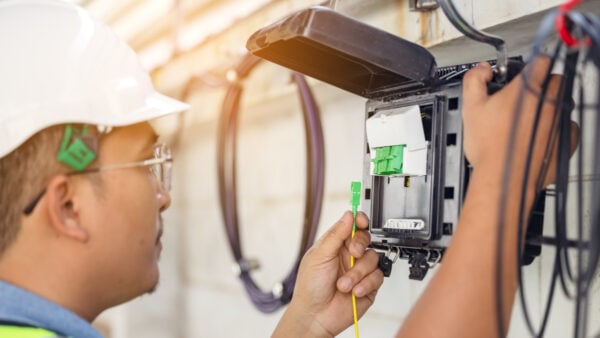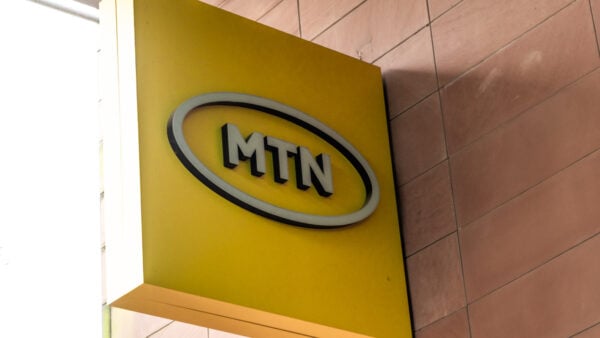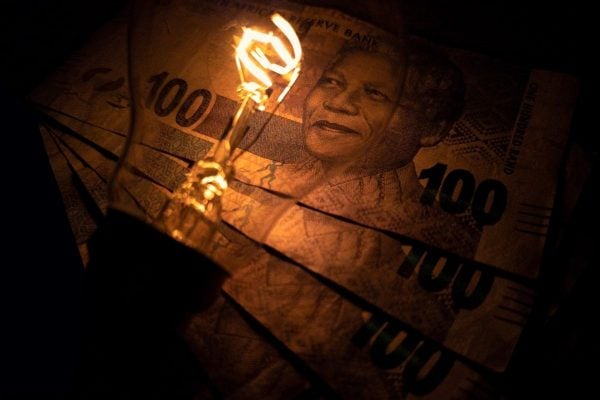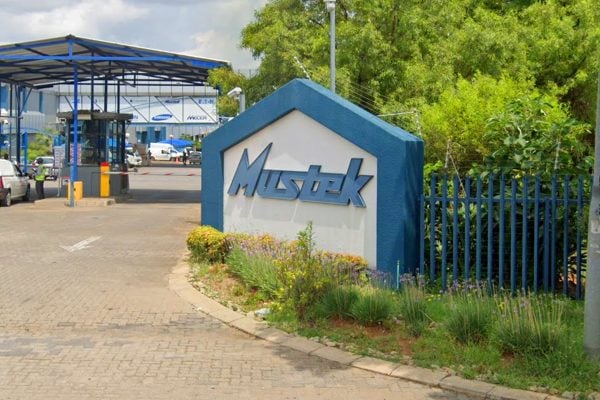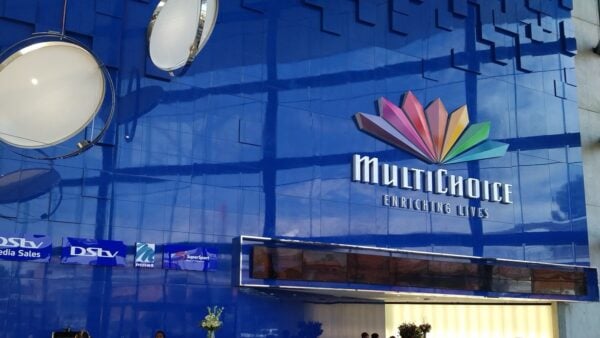Blow for people with solar panels in Cape Town
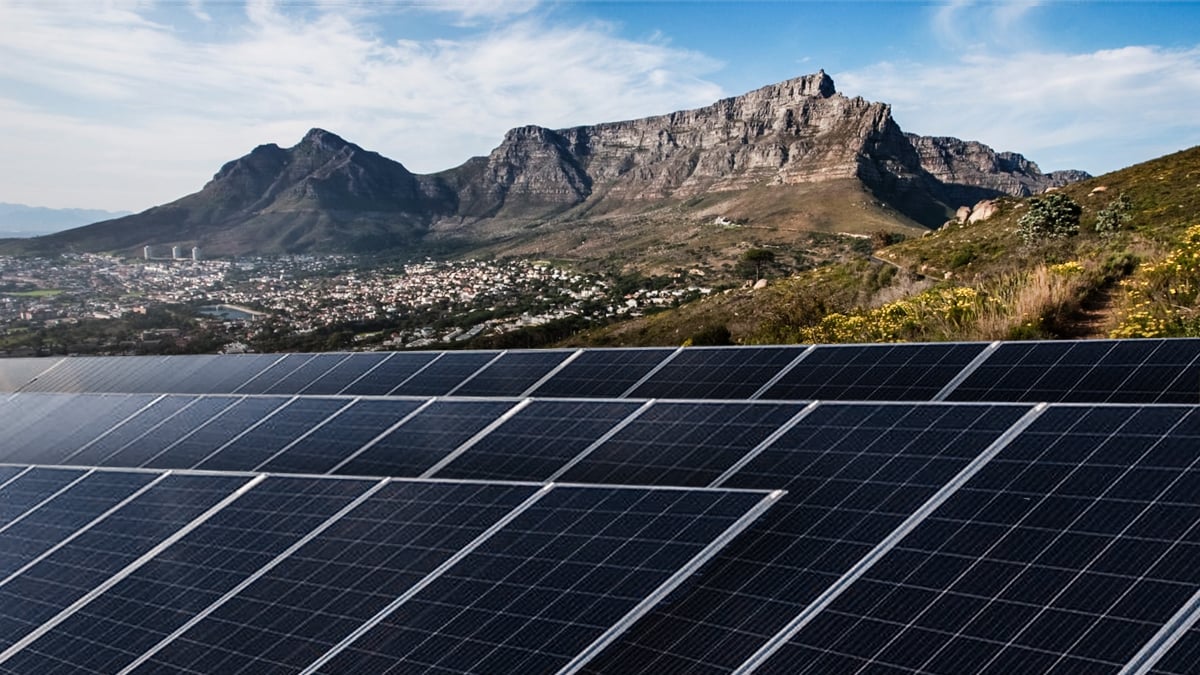
Solar power users with low grid consumption in Cape Town could have substantially higher electricity bills come July 2025, according to the city’s draft budget.
In its recent communication about the 2025/2026 budget, the City of Cape Town (CoCT) has focused on an average 2% increase in variable electricity charges.
What has been less well-publicised is the metro’s hefty 38.7% hike in fixed charges for those on its Home User tariff.
A MyBroadband analysis shows that this hike will mean bill increases for Home User households using less than 300kWh from the grid in a month, varying between 7% and 38%.
Those consuming between 300kWh and 600kWh will pay between 3% and 7% more.
The city has two main categories of tariffs for residential customers — Domestic User and Home User. The latter applies to all properties with values over R1 million.
According to Ooba Home Loans, the average price of a property in Cape Town in February 2024 was R1.395 million.
That suggests that Home User customers are likely to make up a significant portion of the city’s electricity users.
These properties are also more likely to have solar power installed than those with values below R1 million.
According to the CoCT’s draft annual budget for the 2025/2026 financial year, these customers will be paying lower variable energy charges per month.
For the first 600kWh (units) of consumption in a month, the rate is reducing from about R3.43 to R3.38, a 1.7% drop.
Consumption over 600kWh will see an even bigger 7.05% decline — from R4.75 to R4.41.
However, the Home User fixed service charge is going up by 38.7% — increasing from R281.78 to R390.87.
Therefore, a home that can avoid using the grid for one month will still have an electricity bill increase of R109.09 just for the luxury of grid backup.
Customers consuming 150kWh will pay roughly R100 more per month, while those using 300kWh will pay just about R90 more.
The table below compares the amount a Cape Town Home User customer currently pays on their monthly electricity bill to the amount they will pay with CoCT’s planned electricity tariff adjustments.
| Monthly consumption | Current bill (2024/2025) | Proposed bill (2025/2026) | Percentage increase |
|---|---|---|---|
| 0kWh | R281.78 | R390.87 | +38.7% |
| 50kWh | R453.54 | R559.6865 | +23.4% |
| 100kWh | R625.29 | R728.50 | +16.5% |
| 150kWh | R797.05 | R897.32 | +12.6% |
| 200kWh | R968.80 | R1,066.14 | +10.0% |
| 250kWh | R1,140.56 | R1,234.95 | +8.3% |
| 300kWh | R1,312.31 | R1,403.769 | +7.0% |
| 350kWh | R1,484.07 | R1,572.5855 | +6.0% |
| 400kWh | R1,655.82 | R1,741.402 | +5.2% |
| 450kWh | R1,827.58 | R1,910.22 | +4.5% |
| 500kWh | R1,999.33 | R2,079.04 | +4.0% |
| 550kWh | R2,171.09 | R2,247.85 | +3.5% |
| 600kWh | R2,342.84 | R2,416.67 | +3.2% |
Humming the Eskom tune — in a different key
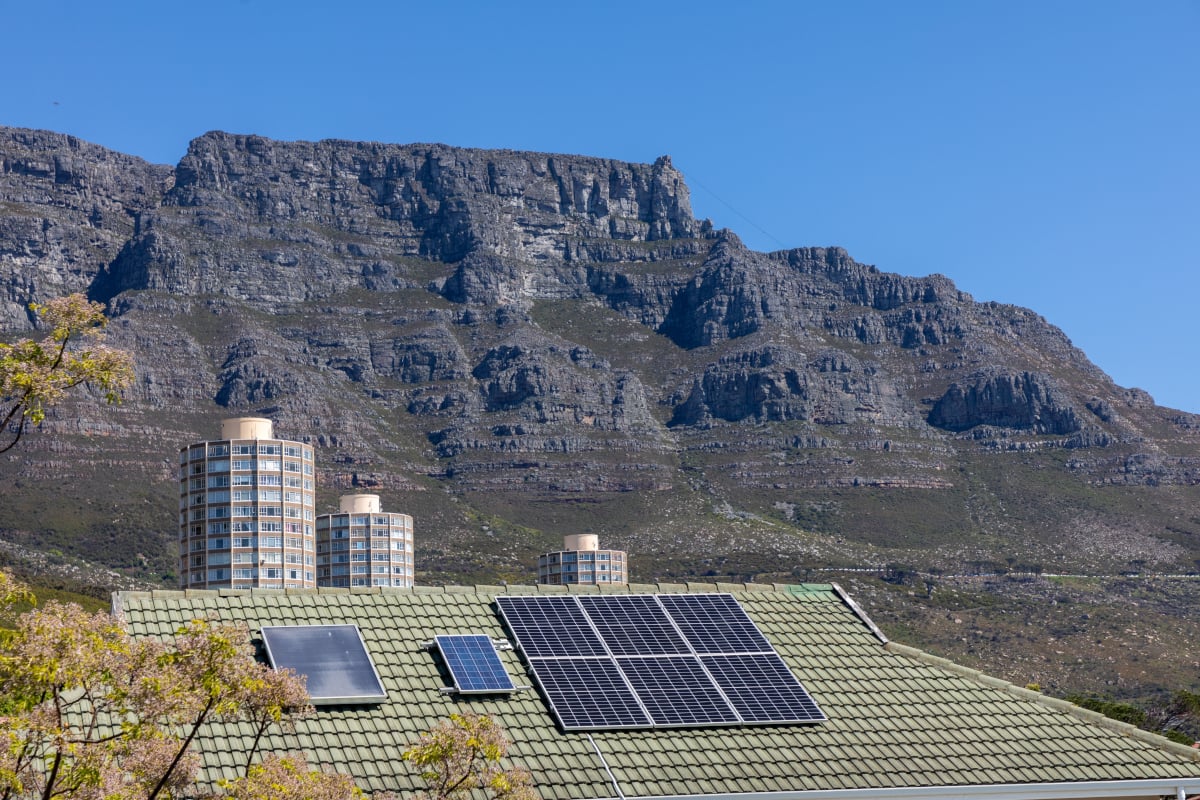
With its lower variable charges, the city appears to be encouraging its residents to use more electricity rather than rely on their own generation.
This approach aligns with Eskom’s retail tariff plan, which will result in a bigger contribution to electricity costs coming from fixed rather than variable charges.
However, Cape Town mitigates some of the impact this will have on frugal consumers by reducing the variable energy charges, whereas Eskom also increases these fees substantially.
Another benefit of having solar in the city compared to being an Eskom Direct customers is that households can benefit from one of the country’s most well-developed feed-in tariff schemes.
As part of the city’s small-scale embedded generation (SSEG) policies, approved households and businesses have been able to earn credits for their excess generation for over two years.
In addition, Cape Town is the only major metro that pays cash for excess electricity generated if its value exceeds a customer’s total monthly municipal bill.
As of February 2025, the programme had paid out over R50 million to registered households and businesses.
However, it generally only works well for those who can generate large amounts of excess electricity.
There are significant upfront costs in the installation of a smart meter and other equipment that Cape Town requires to join the programme.
The latter includes trenching cabling from the customer’s distribution board to a street-facing box that city technicians can access.
Cape Town mayor Geordin Hill-Lewis has previously said that the programme would not benefit his home’s relatively small solar power system.
Lower-income households with properties valued between R500,000 and R1 million will be paying nearly the same variable energy charges for consumption under 600kWh.
For energy consumed after this, energy charges will be cut by 2.24%.
Poor households on the special Lifeline tariff will be paying 9.88% more for electricity after their initial free basic allocation of 60kWh.
While well above the annual inflation rate, it is still below Eskom’s wholesale price increase of 11.32%.
Both Lifeline and Domestic customers will continue to have no basic service charge.
The table below compares the current and proposed tariffs for Home, Domestic, and Lifeline users in Cape Town. All prices include VAT.
| Lifeline Tariff (poorest households) | Domestic tariff (properties between R500,000 and R1 million) | Home User tariff (properties valued over R1 million) | |
|---|---|---|---|
| Block 1 energy charges | |||
| Current | R2.37 | R3.91 | R3.44 |
| Proposed | R2.61 | R3.91 | R3.38 |
| Block 2 energy charges | |||
| Current | R2.37 | R4.75 | R4.75 |
| Proposed | R2.61 | R4.65 | R4.42 |
| Fixed charges | |||
| Current | R0 | R0 | R281.78 |
| Proposed | R0 | R0 | R390.87 |



